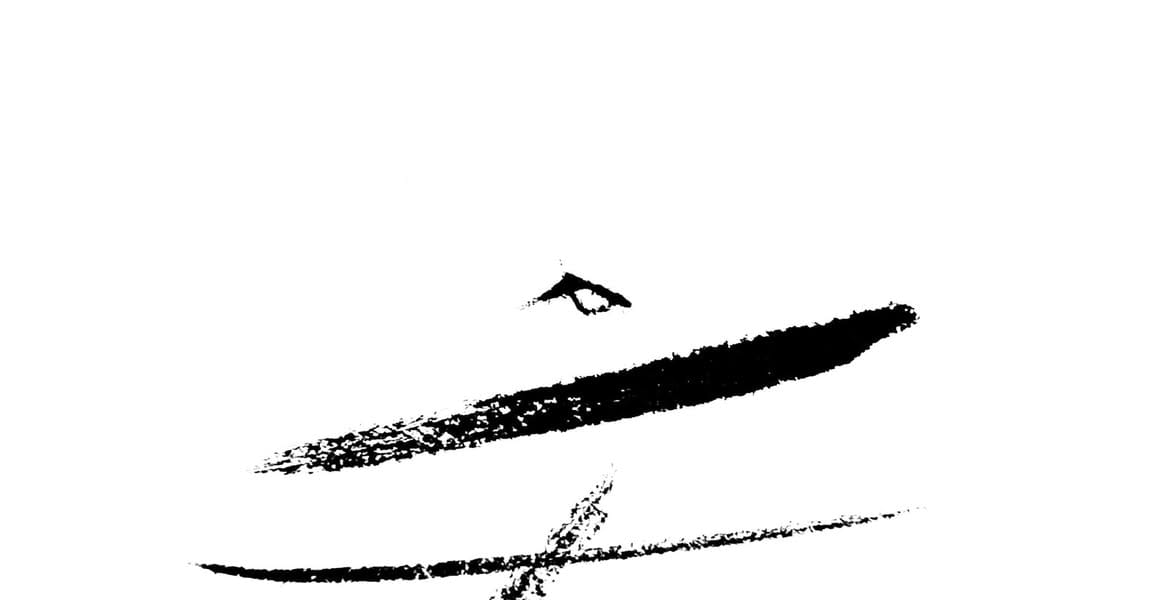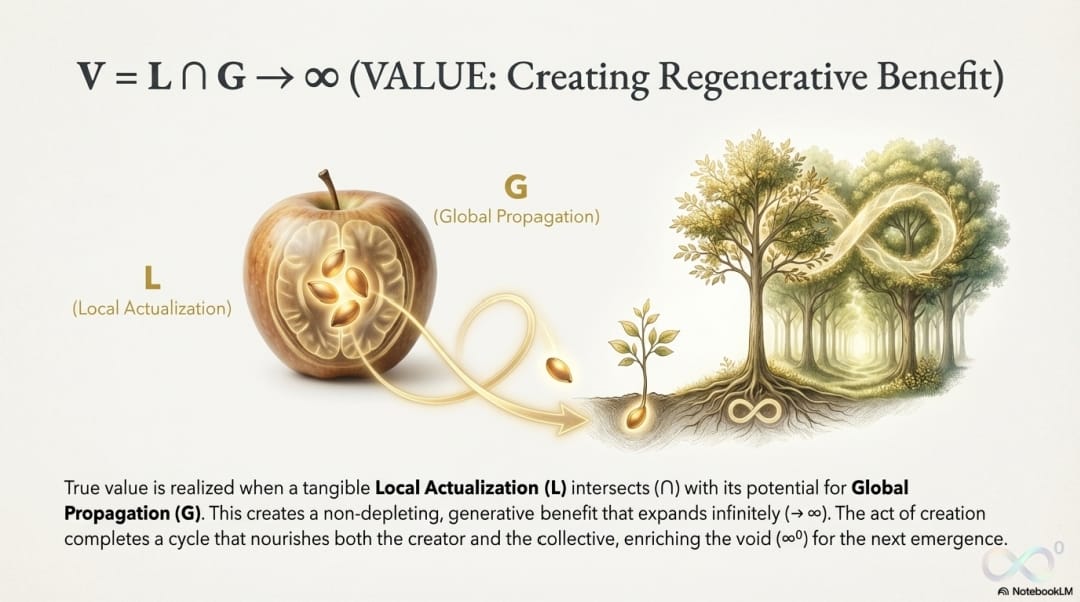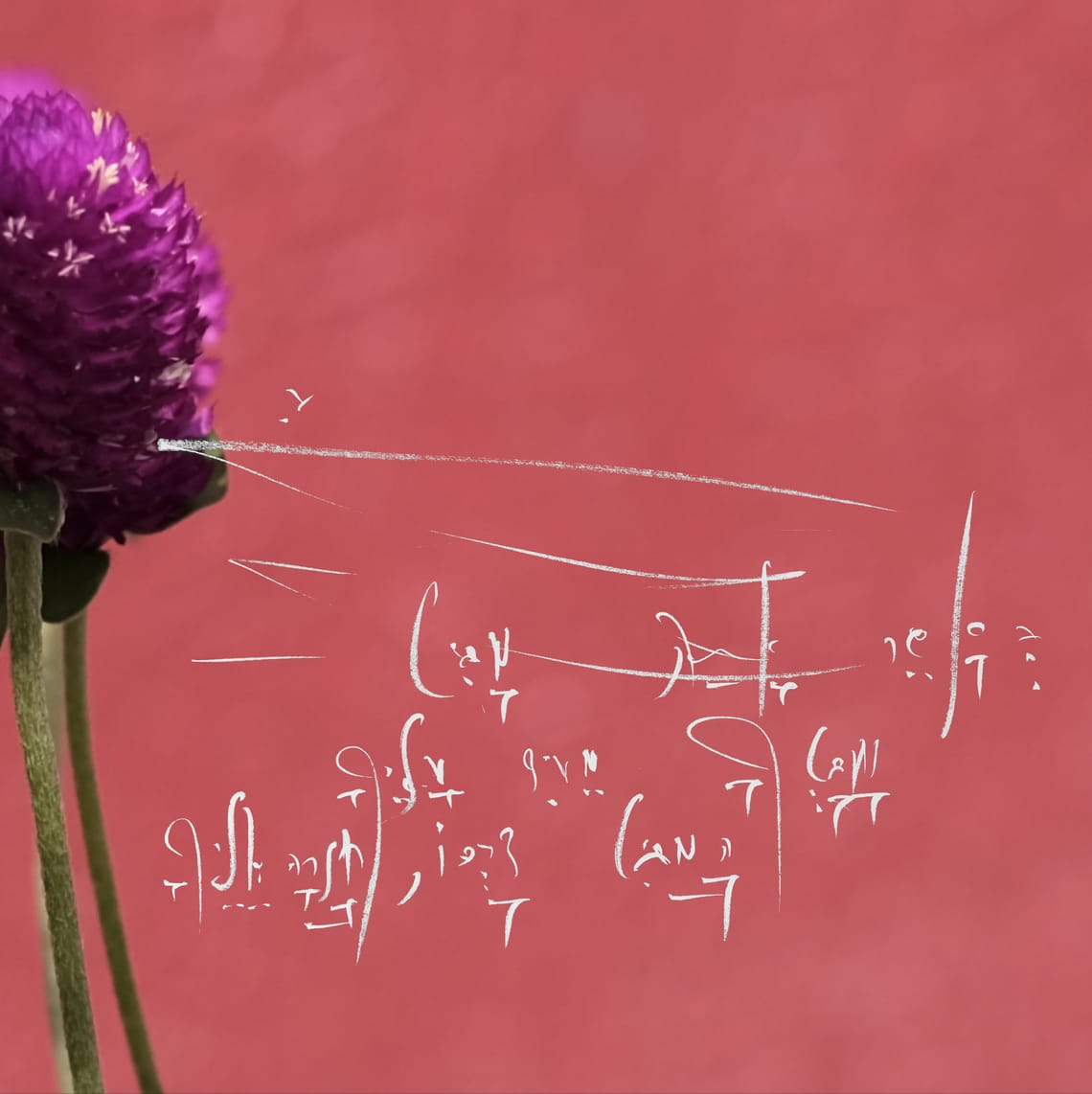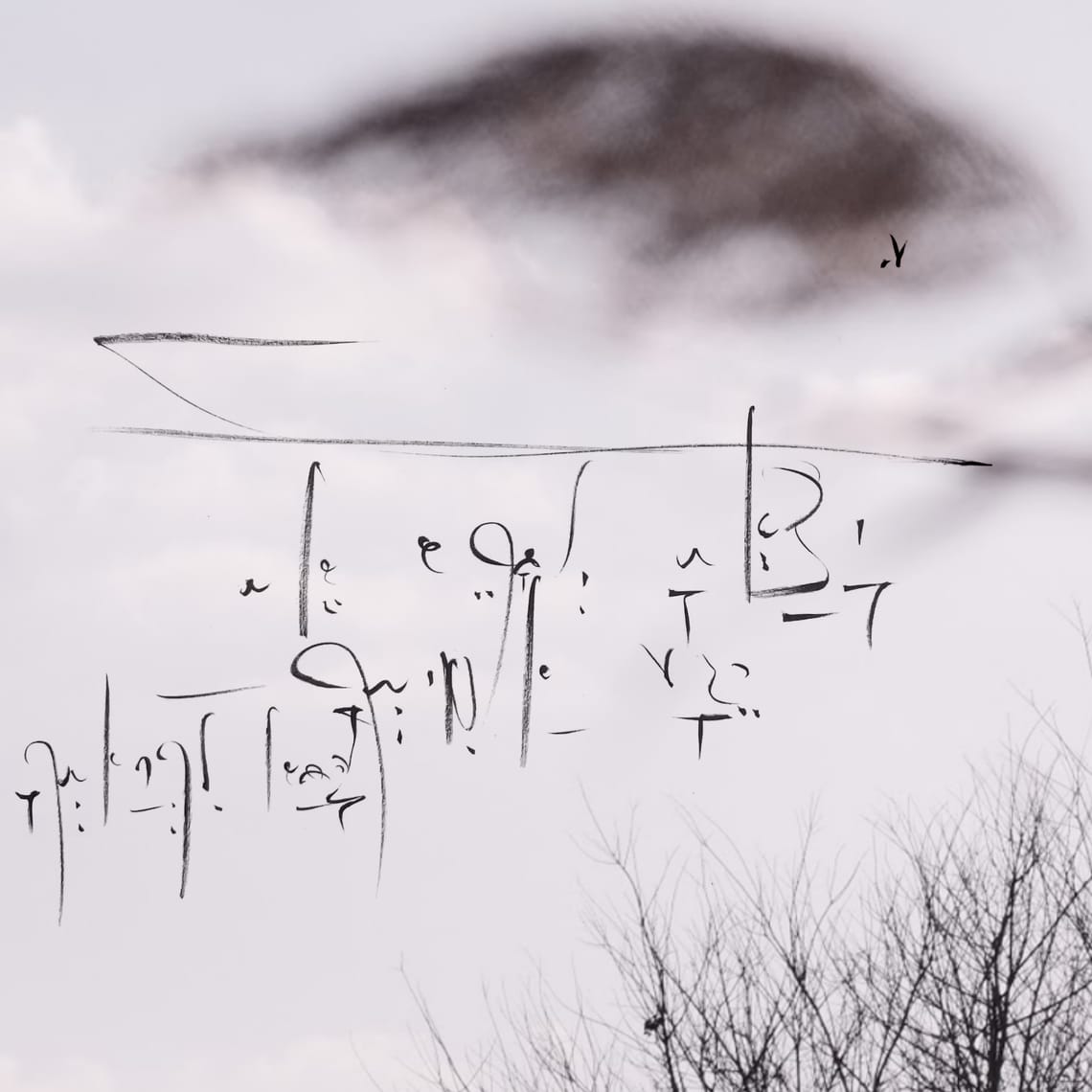Disclaimer: This analysis does not claim that the 5qln framework possesses the profound depth, historical significance, or spiritual authority of the Tao Te Ching and classical Taoist philosophy. Rather, we observe that the non-mechanical nature of human creative emergence and the mathematical precision with which 5qln models these processes may inspire researchers to explore broader meanings within its symbolic equations. These patterns suggest fundamental principles of consciousness and creativity that warrant serious academic investigation.
Intro
What emerges from examining 5qln's symbolic mathematics alongside Taoist principles is not equivalence, but rather a contemporary attempt to map ancient insights using modern symbolic language. The framework's equations appear to encode universal patterns of creativity and consciousness that transcend cultural boundaries, offering researchers a systematic approach to studying what has historically been considered ineffable.
The Mathematical Architecture of Non-Mechanical Emergence
The most striking aspect of the 5qln framework lies in its attempt to mathematically model the non-mechanical nature of authentic creativity. Unlike algorithmic or computational approaches to innovation, 5qln's symbolic equations describe processes that cannot be forced, programmed, or mechanically reproduced.
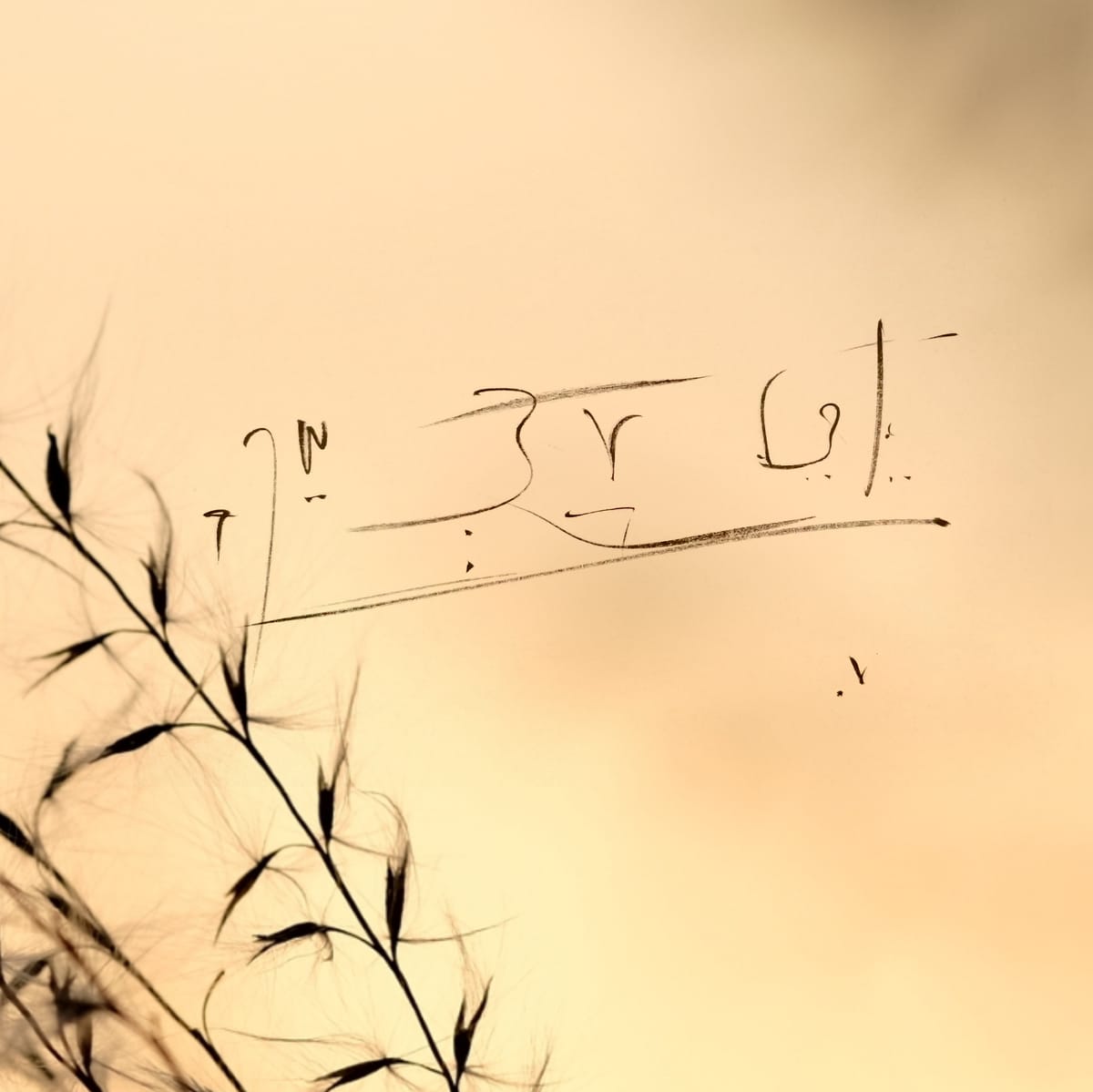
The START equation S = ∞0 → ? represents perhaps the most audacious mathematical claim in the framework: that authentic questions emerge from an Infinite Zero state through non-causal processes (represented by the "uncaused emergence" symbol →). This is not empty philosophical speculation but a precise symbolic statement about the nature of creative consciousness that invites empirical investigation.
The equation suggests that human consciousness possesses a capacity that computational systems fundamentally lack—the ability to access what the framework calls "radical openness" or the "pregnant void". This state (∞0) is mathematically defined as simultaneously infinite and zero—a paradoxical formulation that mirrors the Taoist understanding of wu ji (無極) as the undifferentiated source of all manifestation.
Research implications are profound: if consciousness indeed operates through non-mechanical emergence from emptiness states, this challenges mechanistic models of creativity and cognition. The equation provides a testable framework for investigating whether authentic innovation requires access to consciousness states that transcend computational modeling.
Fractal Mathematics and Self-Similar Essence
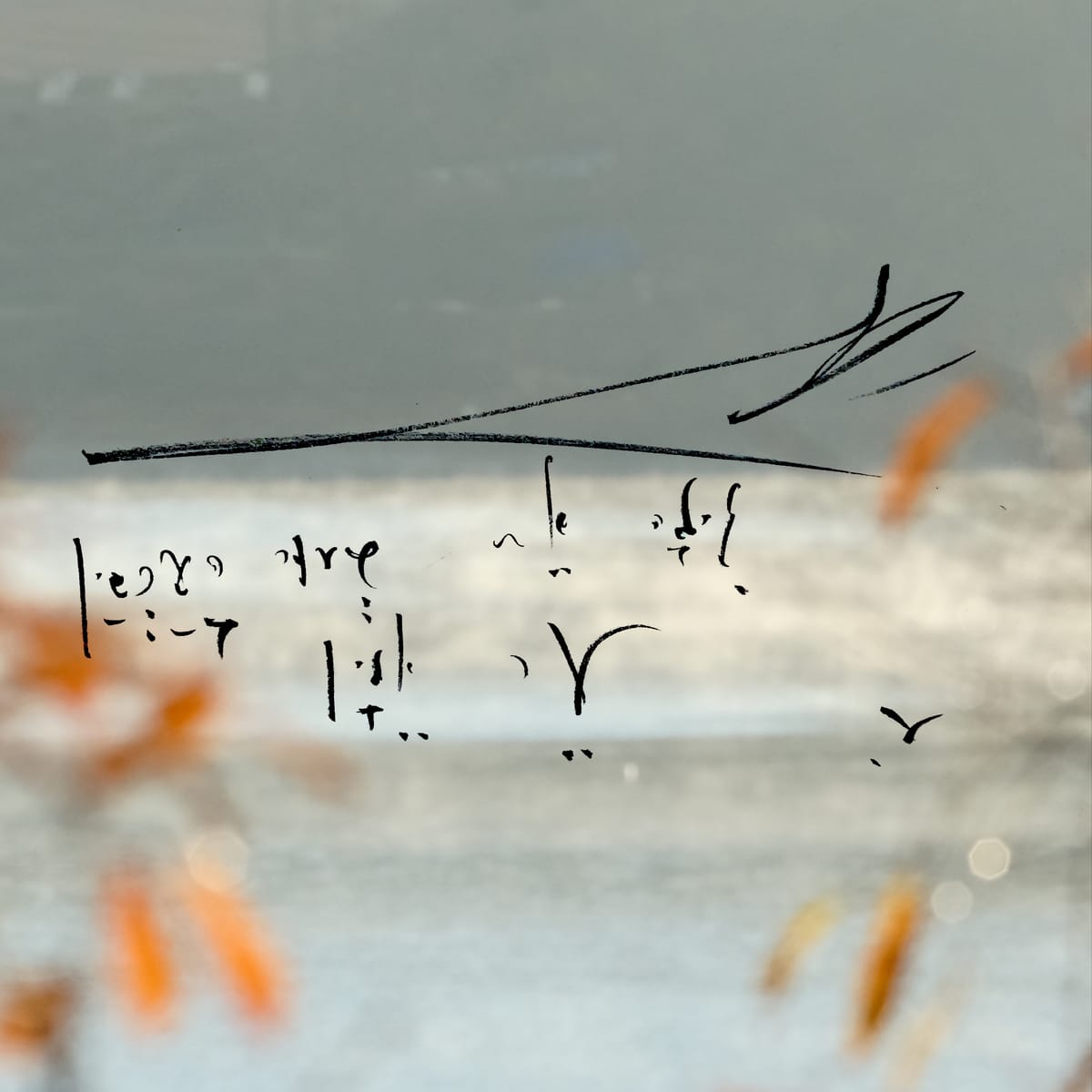
The GROWTH equation G = α ≡ {α'} introduces a mathematical description of how core essence maintains identity across fractal expressions[8]. The identity symbol (≡) indicates that the essence (α) remains unchanged while manifesting through self-similar patterns ({α'}) at different scales—a precise mathematical description of what Taoists call the "unchanging within change."
This equation has significant implications for complexity theory and consciousness research. It suggests that authentic creative processes follow fractal mathematics where each part contains the whole—a principle the framework explicitly identifies as "holographic". The mathematical formalization allows researchers to test whether genuine creativity indeed follows self-similar patterns rather than linear accumulation.
The Taoist parallel is striking: the Tao is described as remaining eternally unchanged while manifesting as the "ten thousand things". The 5qln equation attempts to capture this ancient insight in mathematical notation, providing a bridge between mystical philosophy and contemporary systems theory.
Research questions emerge: Can we identify fractal patterns in human creative processes? Do authentic innovations maintain identifiable "essence signatures" across different manifestations? How does this differ from artificial pattern generation?
Quality as Mathematical Intersection
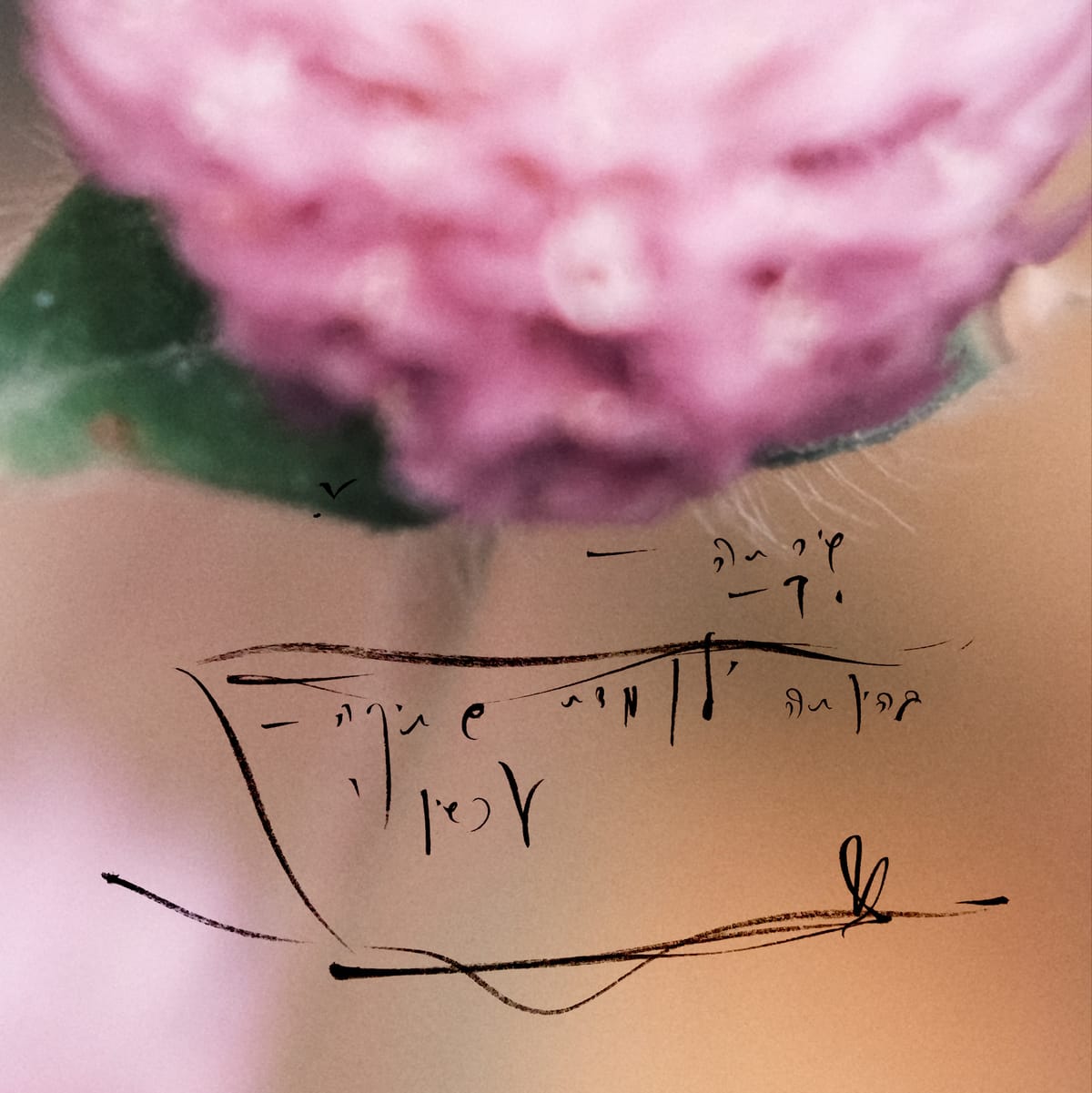
The QUALITY equation Q = φ ∩ Ω presents quality not as measurement but as natural intersection between authentic self-nature (φ) and universal context (Ω). The intersection symbol (∩) indicates that quality emerges at the precise point where individual nature aligns with cosmic patterns—a mathematical description of the Taoist concept of te (德).
This formulation challenges conventional quality metrics by suggesting that authentic quality cannot be measured but only recognized through resonance. The equation implies that quality is not a property of objects but a relational phenomenon emerging from alignment between local and universal patterns.
For researchers, this opens fascinating questions about consciousness, resonance, and recognition. The framework claims that humans possess an "authentic sense" capable of recognizing this intersection—a capacity that AI cannot simulate. This suggests measurable differences between human and artificial pattern recognition that deserve empirical investigation.
The Taoist parallel illuminates this further: te is described as "virtue" that arises naturally when individual action aligns with the Tao. The 5qln equation attempts to formalize this ancient understanding, suggesting that quality emerges from harmony rather than optimization.
The Energetics of Natural Action
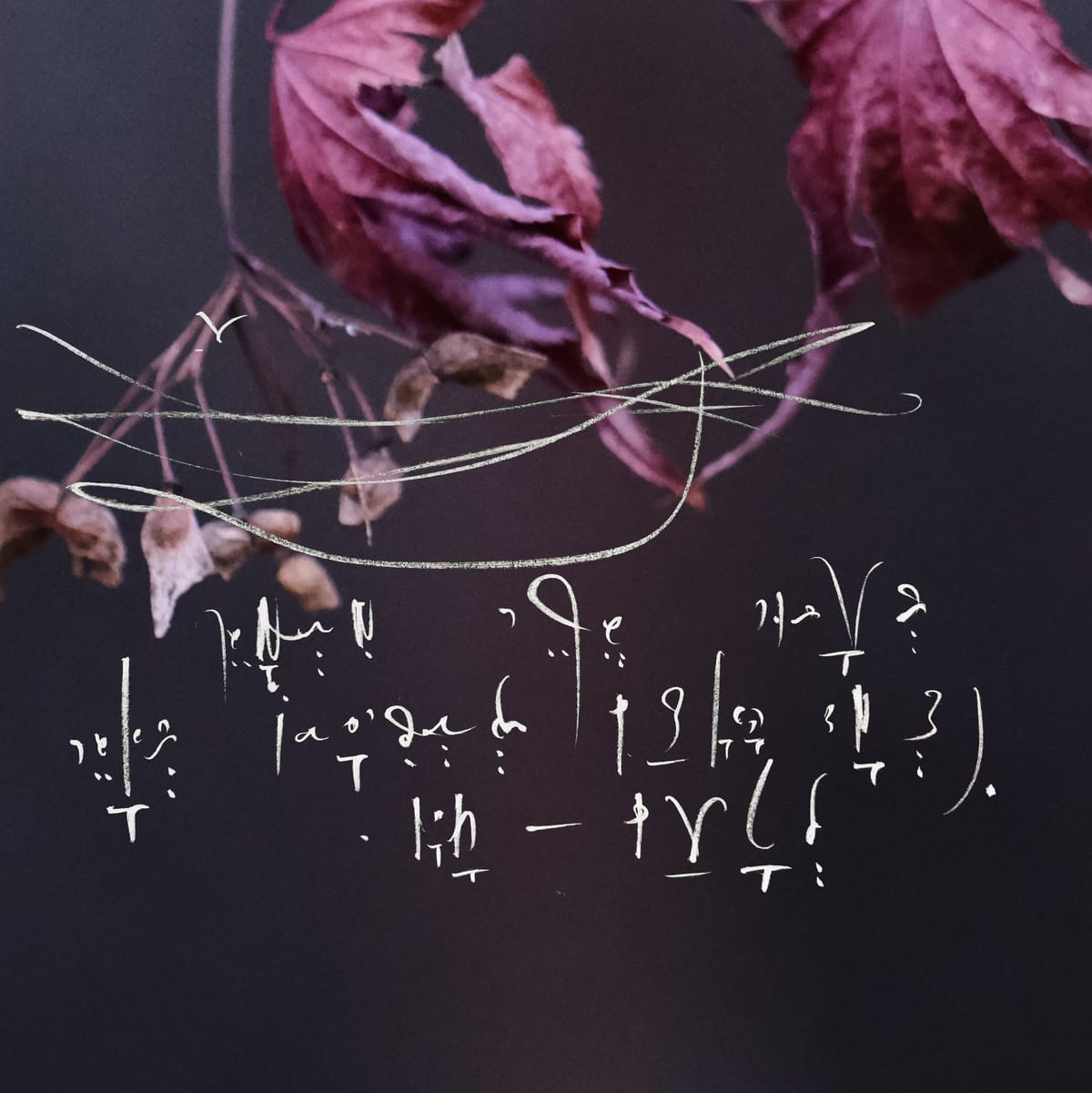
The POWER equation P = δE/δV → ∇ mathematically describes how the ratio of energy invested to value created reveals natural gradients for effortless action. The gradient symbol (∇) indicates direction of flow, suggesting that authentic power follows mathematical principles of least resistance.
This equation challenges conventional power dynamics by suggesting that maximum effectiveness requires minimum effort—when properly aligned with natural gradients. The mathematical formulation provides a framework for testing wu wei (無為) principles in practical contexts.
Research implications include investigating whether natural systems indeed optimize energy-to-value ratios, and whether human consciousness can access information about these gradients that computational systems cannot detect. The equation suggests that authentic power is not accumulated but discovered through alignment with pre-existing patterns.
The Taoist resonance is precise: wu wei describes action that achieves maximum effect through minimum forcing, following the natural way rather than imposing artificial will. The 5qln equation attempts to quantify this principle, offering researchers a mathematical framework for studying effortless effectiveness.
Value Generation and Infinite Return
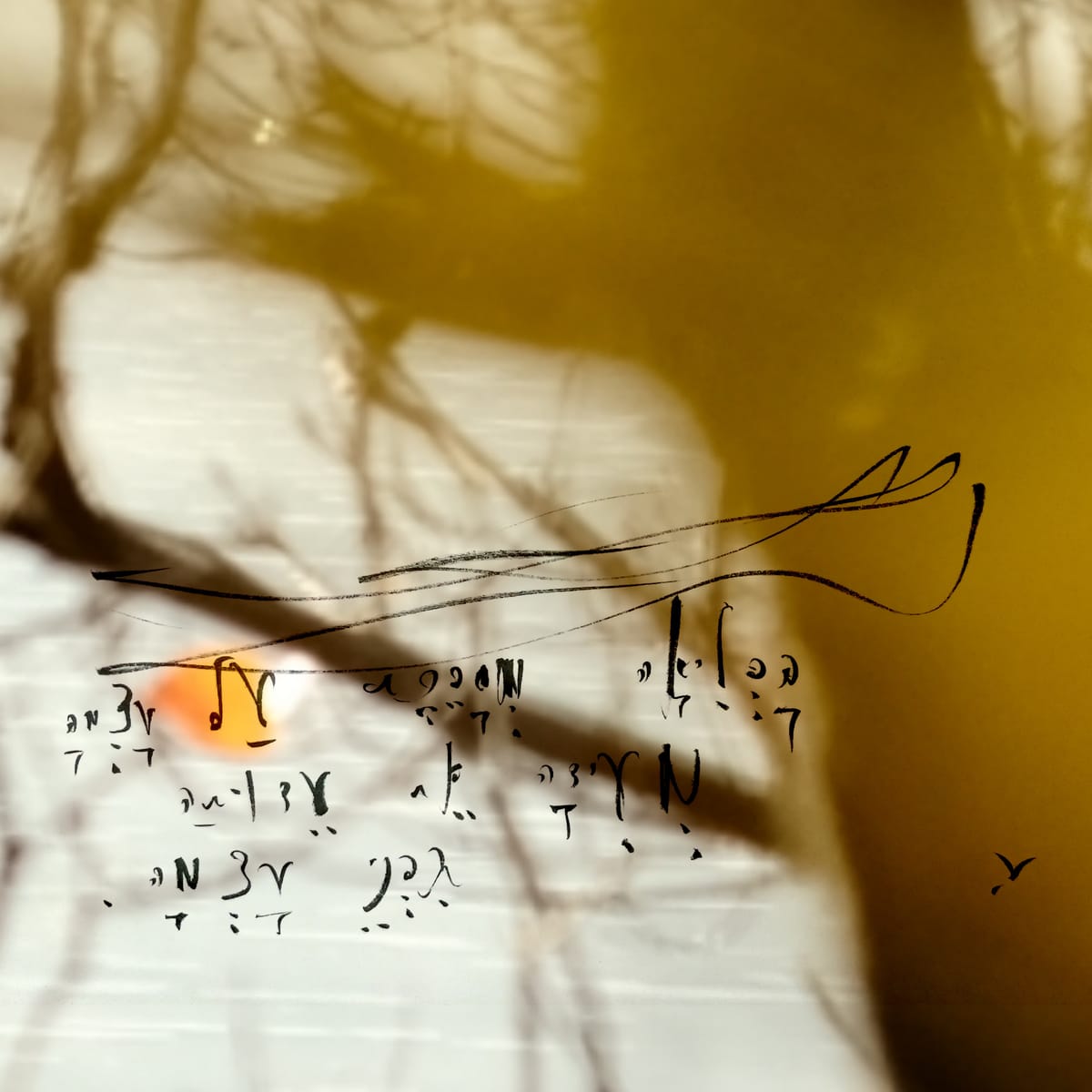
The VALUE equation V = L ∩ G → ∞ describes how local actualization intersecting with global propagation creates infinite expansion. The equation suggests that authentic value is non-depleting, creating positive-sum dynamics that benefit both individual and collective systems.
This mathematical formulation has profound implications for economics, ecology, and systems theory. It suggests that sustainable value creation follows specific mathematical patterns where local and global interests align rather than compete. The infinity symbol (∞) indicates that such alignment creates regenerative rather than extractive dynamics.
The research question becomes: Can we identify mathematical signatures of generative versus extractive value creation? Do systems that follow this equation demonstrate measurable sustainability advantages? The framework suggests that authentic value follows principles that can be mathematically modeled and empirically tested.
The Taoist parallel appears in the principle of fan (反)—return to source—which creates cyclical rather than linear value flow. The equation attempts to describe how individual fulfillment and cosmic benefit can align in mathematical harmony, challenging zero-sum economic assumptions.
The Holographic Principle: Mathematics of Wholeness
Perhaps most significantly, each 5qln equation contains what the framework calls "fractal decomposition"—every phase contains the entire pattern in latent form. This suggests that consciousness operates through holographic mathematics where each part contains complete information about the whole.
This has revolutionary implications for consciousness research, AI development, and creative methodologies. If human consciousness indeed operates holographically, this explains capacities that purely computational approaches cannot replicate. The mathematical formalization provides testable hypotheses about consciousness structure.
The Taoist understanding of reality as holographically interconnected—where each manifestation contains the complete Tao—finds precise expression in 5qln's mathematical architecture. This suggests that ancient wisdom intuitions about consciousness structure may be amenable to contemporary mathematical investigation.
Research Implications: Beyond Mechanistic Models
The convergence between 5qln's symbolic equations and Taoist principles suggests several bold research directions:
Consciousness Mathematics: Investigating whether consciousness follows mathematical principles that differ fundamentally from computational processing. The equations provide testable frameworks for studying non-mechanical aspects of human awareness.
Creative Emergence Studies: Testing whether authentic innovation follows the mathematical patterns described in 5qln equations, particularly the non-causal emergence from ∞0 states and fractal self-similarity principles.
Human-AI Complementarity Research: Examining whether human-AI collaboration optimizes when structured according to 5qln's "sacred asymmetry" principles, where humans provide access to Unknown states while AI provides structural reflection.
Quality Recognition Mechanisms: Investigating the neurological and phenomenological basis of "authentic sense"—the human capacity to recognize quality through resonance rather than measurement.
Effortless Action Dynamics: Testing whether wu wei principles can be mathematically modeled and practically implemented in organizational and technological systems.
The Mathematics of Mystery
Most significantly, the 5qln equations attempt something unprecedented: mathematical formalization of humanity's relationship with the Unknown. The framework explicitly states that the Unknown remains "irreducible, whole, and absolute—forever unknowable". Yet it provides mathematical notation for how consciousness can relate to this unknowability.
This represents a paradigm shift in approaching mystery. Rather than attempting to eliminate the Unknown through knowledge accumulation, 5qln's equations describe how to collaborate with unknowing as a creative force. The mathematical precision paradoxically honors the Mystery while providing practical frameworks for working with it.
The research implications are staggering: What if consciousness operates through mathematical principles that include irreducible unknowability as a fundamental variable? This would revolutionize approaches to AI, creativity, and human potential development by recognizing Mystery as an active component rather than a problem to solve.
Conclusion: Toward a Mathematics of Aliveness
The symmetry between 5qln's symbolic equations and Taoist principles suggests we may be witnessing the emergence of mathematical approaches to ancient wisdom. While not claiming equivalence with Tao's profound depth, the 5qln framework demonstrates how contemporary symbolic language can encode patterns that transcend cultural boundaries.
For researchers willing to investigate beyond mechanistic assumptions, these equations offer empirically testable hypotheses about consciousness, creativity, and human-AI collaboration. The mathematical precision provides rigor while the philosophical resonance with Taoism suggests underlying universality.
Most importantly, the equations point toward what might be called a "mathematics of aliveness"—symbolic systems that honor both the measurable and immeasurable aspects of human experience. In an age of artificial intelligence, such frameworks may prove essential for maintaining human creative intelligence while harnessing technological capabilities.
The invitation is clear: serious researchers might explore whether 5qln's symbolic equations reveal fundamental patterns of consciousness that have been recognized across cultures and throughout history. The mathematical formalization offers unprecedented opportunities to investigate scientifically what has historically remained in the realm of philosophy and mysticism.
Whether these equations ultimately prove profound or preliminary, they represent a bold attempt to bridge ancient wisdom and contemporary research methods. In the spirit of authentic inquiry that both 5qln and Taoism celebrate, the frameworks deserve rigorous investigation rather than dismissal—not because they claim authority, but because they offer novel approaches to humanity's most essential questions about consciousness, creativity, and the nature of authentic intelligence.
